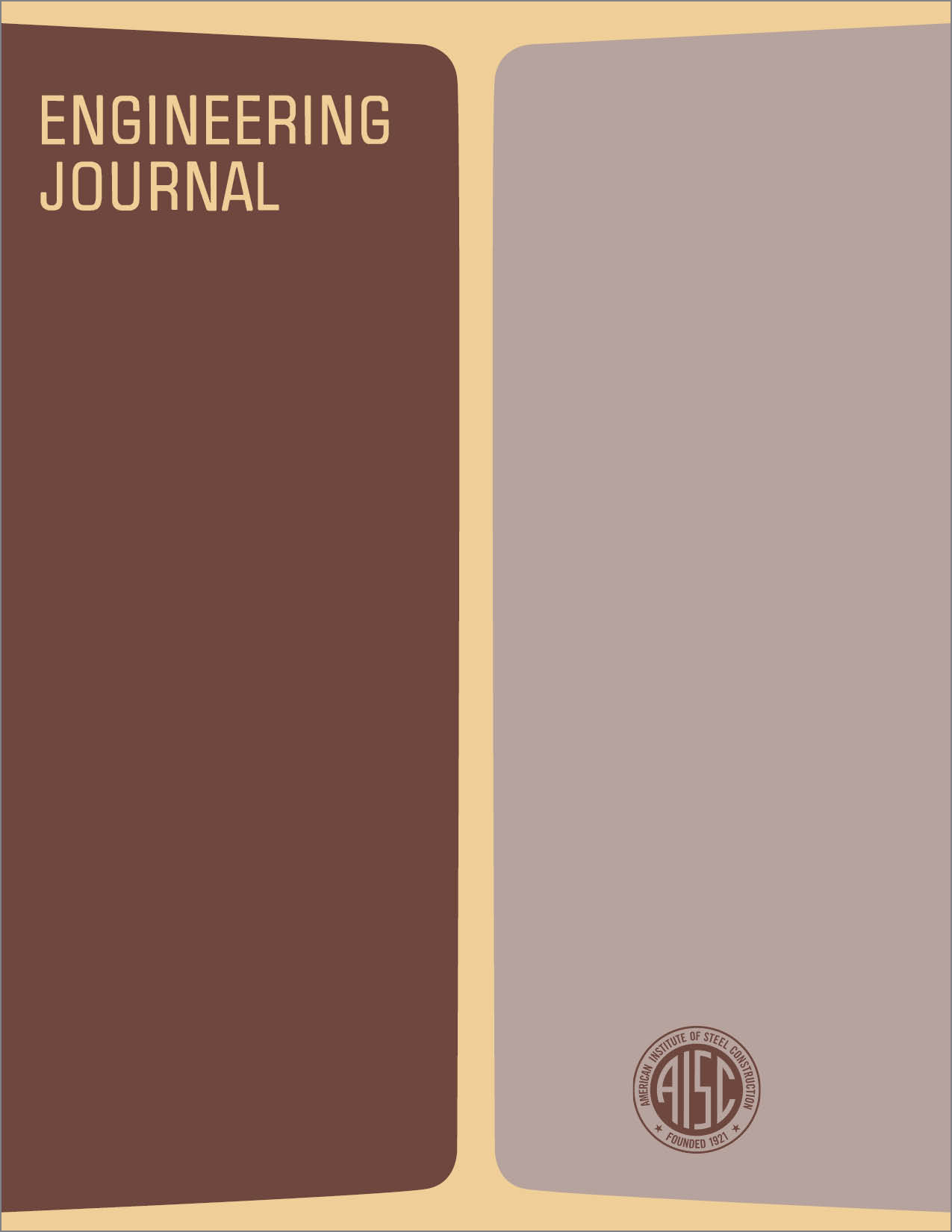Eccentrically Braced Frame Construction--A Case History
DOI:
https://doi.org/10.62913/engj.v18i4.370Abstract
The building described in this paper is the proposed new Bank of America Regional Office and Branch Bank Building located in San Diego, California. The building is currently under construction. Completion is scheduled for December 1981. The building has a tower incorporating frames having joints with intentionally built-in eccentricities. The joint eccentricity is illustrated in Figs. 1 and 2. In Fig. 1, one sees an elevation of a frame having joints referred to in this presentation as "eccentric." In Fig. 2, a detail of an eccentric joint is shown. Providing this eccentricity is, of course, exactly what engineers were taught to avoid during their years of formal education. The motivation for providing the eccentricity is to achieve a framing configuration that will deform in a highly energy-absorbing manner when subjected to severe ground shaking of the type associated with great earthquakes. Concentrically braced frames do not have the ability to absorb large amounts of energy when subjected to seismically-induced forces. The means of achieving the large energy-absorbing capability consists of detailing the eccentric link in a manner that assures an inelastic moment capacity that is larger than the inelastic shear strength. For interesting and comprehensive descriptions of the technical aspects of this type of framing, how it performs under very high loads and the principles used in their design, the works of Roeder, Popov and Teal are recommended references. In a seismic structural design this is a relatively new and unique design concept. One might wonder why it would be used. The principal purpose of this paper is to describe why eccentrically braced frames were selected for the San Diego Bank of America building.

